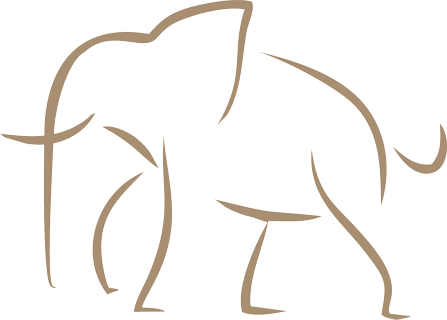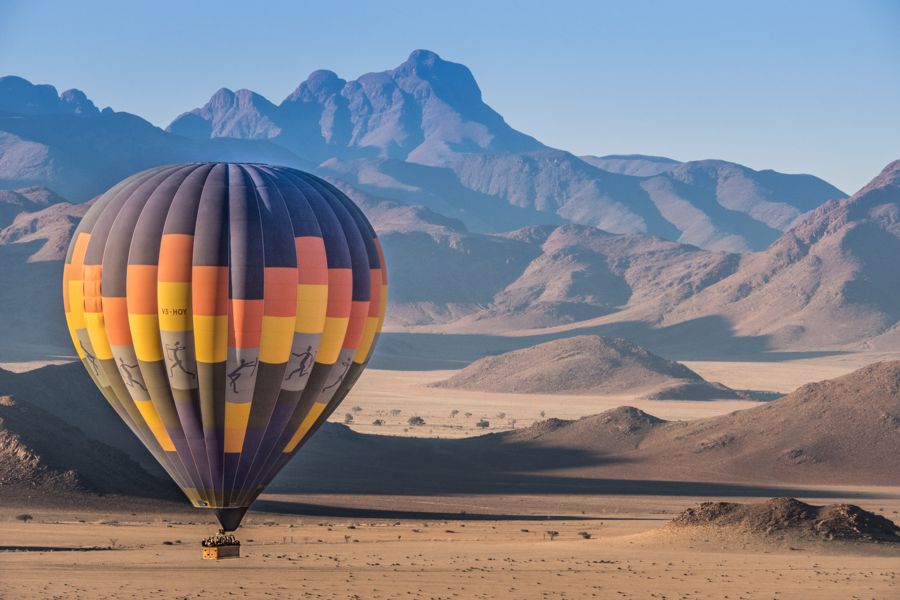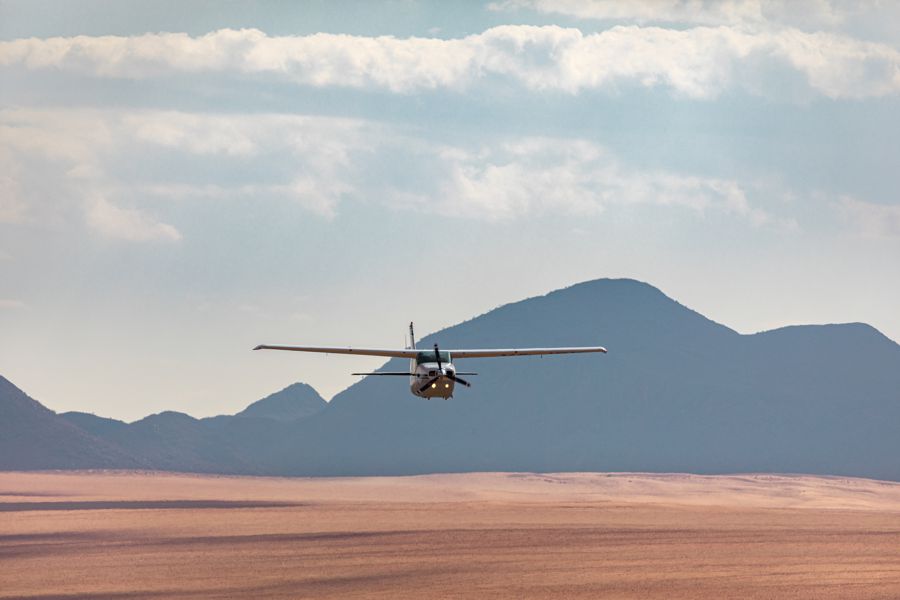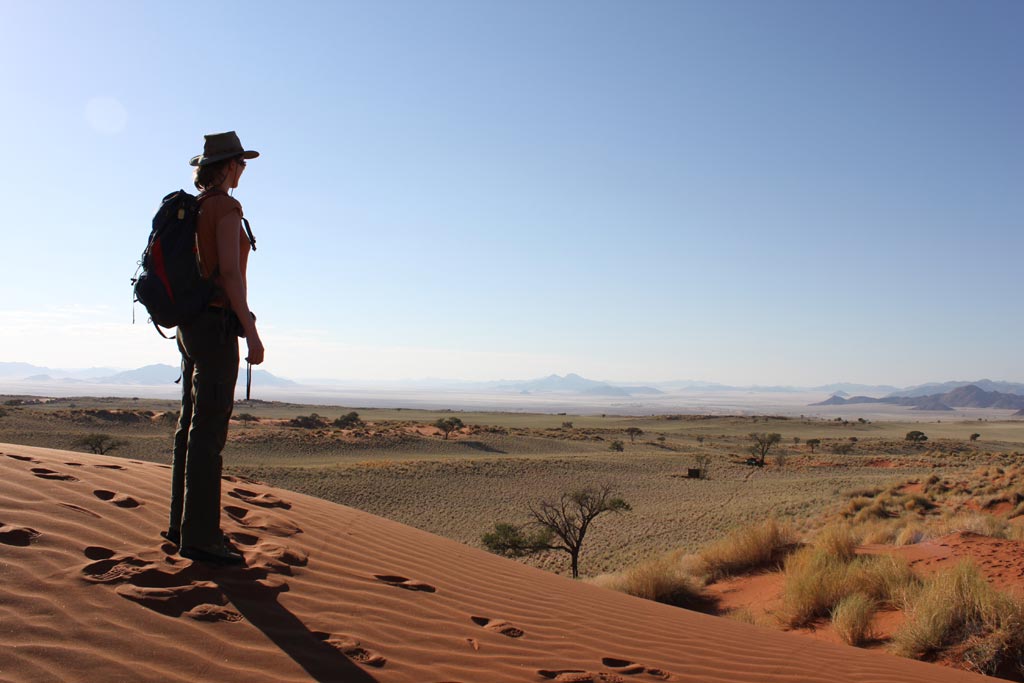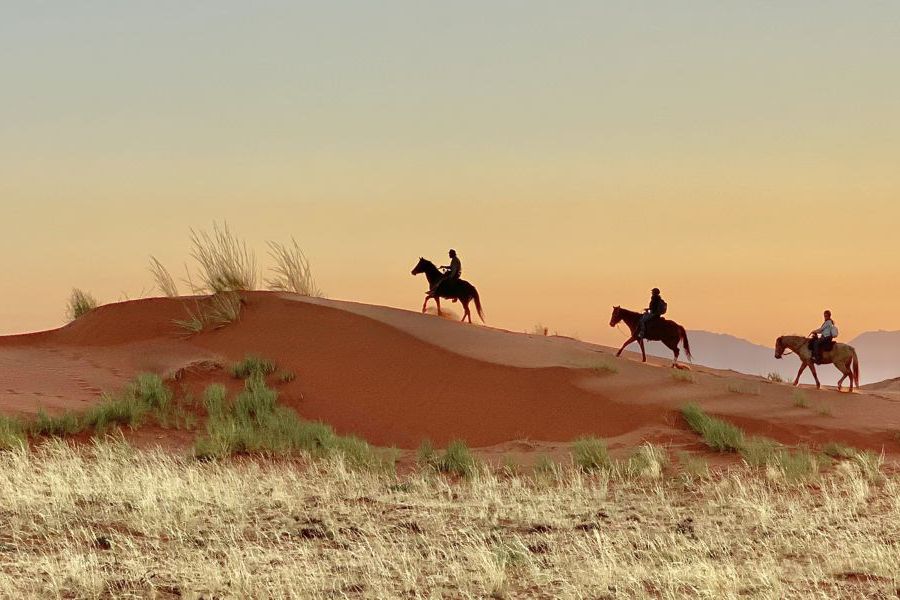The oldest desert in the world, the Namib Desert, with its towering sand dunes is one of the highlights of any visit to Namibia. Nowhere else in the country defines Namibia so much as the gigantic sand dunes surrounding the Deadvlei, the vast open plains and the colours from the red desert sand, the yellow of the dry grasslands, the dark green and brown of the acacia trees and the deep blue of the sky overhead.
The biggest part of the Namib desert is protected by the Namib Naukluft National Park, where Namibia’s top tourism destination, Sossusvlei and Deadvlei are located. While many people associate the Namib solely with Sossusvlei, but the desert sweeps across most of Central Namibia and is characterized by a large array of geological formations.
A more exclusive and less visited part of the Namib Desert is within the private NamibRand Nature Reserve. This reserve is essentially a collection of farms that together protect over 200 000 hectars of dunes, desert grasslands and wild, isolated mountain ranges. Here you will find some of Namibia’s most stunning and colourful landscapes. A surprising amount of wildlife can also be seen here, including large herds of oryx, springboks and smaller mammals such as the cute bat-eared fox, jackals and hyenas. This area of the Namib also forms an important refuge for the endangered Mountain Zebra, which can be found especially in the mountainous parts of this arid region.
At a glance
Why you should visit
Many visitors say that no part of the desert is visually more dramatic than Sossusvlei with its monumentally high dunes. Yet, while most people associate the Namib solely with Sossusvlei, the desert sweeps across most of Western Namibia, and is characterized by a large array of geological formations and an astonishing abundance of fauna and flora, which is highly adapted to the harsh environment. Only few places on earth offer such a sheer variety of landscapes, coupled with free-roaming wildlife, such as Mountain Zebra, Oryx, Ostriches and Springbok.
Our favourite time to visit
During the months from February to April, most of Namibia’s central highlands receive their annual rainfall. During good rainy seasons, the rainwater also finds its way to the desert and triggers an unbelievable transformation. You will find plaimns with lush green grass, deep red dunes and clear blue skies. With a bit of luck, you might even find the Sossusvlei filled with water, a surreal sight, next to the towering dunes. During this time, the air is usually crystal clear, which also creates great light for photography. And with a landscape as dramatic and beautiful as the Namib, you will most definitely want to take photos.
The Namib can be visited through-out the year, but for the above-mentioned reasons, we definitely prefer to visit the Namib between February and April.
